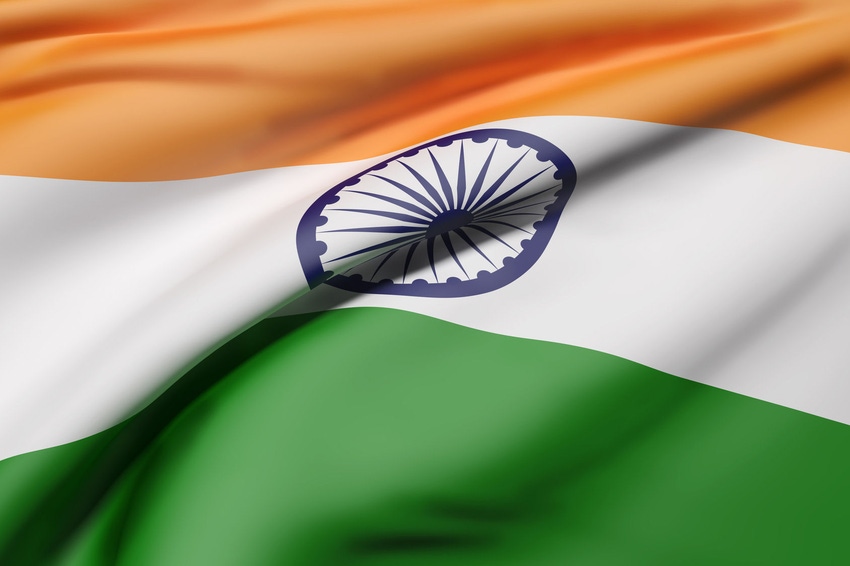The Indian Government has said it will not drop prices for spectrum licences in the next auction, despite persistent complaints from industry.
November 29, 2019

The Indian Government has said it will not drop prices for spectrum licences in the next auction, despite persistent complaints from industry.
At conferences across the year, the Indian Government has been making suggestions it would reform the spectrum auction process, perhaps to appease the complaints from telcos, though this statement is quite the contrary. According to the Economic Times of India, after reviewing recommendations from the Telecoms Regulatory Authority of India (TRAI), the Government has decided to maintain the current pricing structure.
And while telcos will always attempt to reduce investments made on spectrum, as well as bemoan the amount spent, you have to take these protests with a pinch of salt. There might be some credibility to the Indian complaints however.
In other markets, Germany for example, the telcos have been in uproar regarding the structure and pricing of spectrum auctions. The same complaints are being aired in India, though there is a slight difference in the outcome; spectrum is snapped up in Germany, suggesting the telcos can afford it, they just don’t like the price, but spectrum is remaining unsold in India.
According to Broadband India Forum (BIF), the high reserve prices placed on spectrum assets is a significant barrier. Since 2010, a period which includes six spectrum auctions, only 60% of the licences have been purchased. If such a valuable, and sparse, asset is remaining unsold, there is clearly something wrong with the status quo. Spectrum is arguably the lifeblood of a telco after all.
When compared to other nations, adjusted to take into account ARPU, BIF believes spectrum is 4X the price in India. As a result of these assets remaining unclaimed, $756 billion in economic losses have added-up over the years. This is very likely to be exaggeration, though there will of course be a dent to the progress and adoption of the digital economy when telcos are not in full-flight with all the relevant support from authorities.
The next spectrum auction is likely to take place in early 2020, starting with the 3.3-3.6 GHz spectrum band, some of the most prized assets due to the palatable compromise between speed and coverage. 275 MHz will be made available in the first instance, which the Government insists is enough to launch services, though industry and BIF disagree.
This could be an interesting auction, as the Government has ambitions to launch 5G services in India in 2020. Ericsson’s most recent mobile study suggests 5G connections will not be available in the country by 2022 to counter this point and considering the telcos are not happy with the current status quo, it does not look incredibly likely.
Once again, the Indian Government and regulator does not seem to want to work collaboratively with industry, taking a somewhat authoritarian approach as opposed to listening to how it could aid progress of the digital economy.
About the Author(s)
You May Also Like








.png?width=300&auto=webp&quality=80&disable=upscale)


_1.jpg?width=300&auto=webp&quality=80&disable=upscale)


.png?width=800&auto=webp&quality=80&disable=upscale)